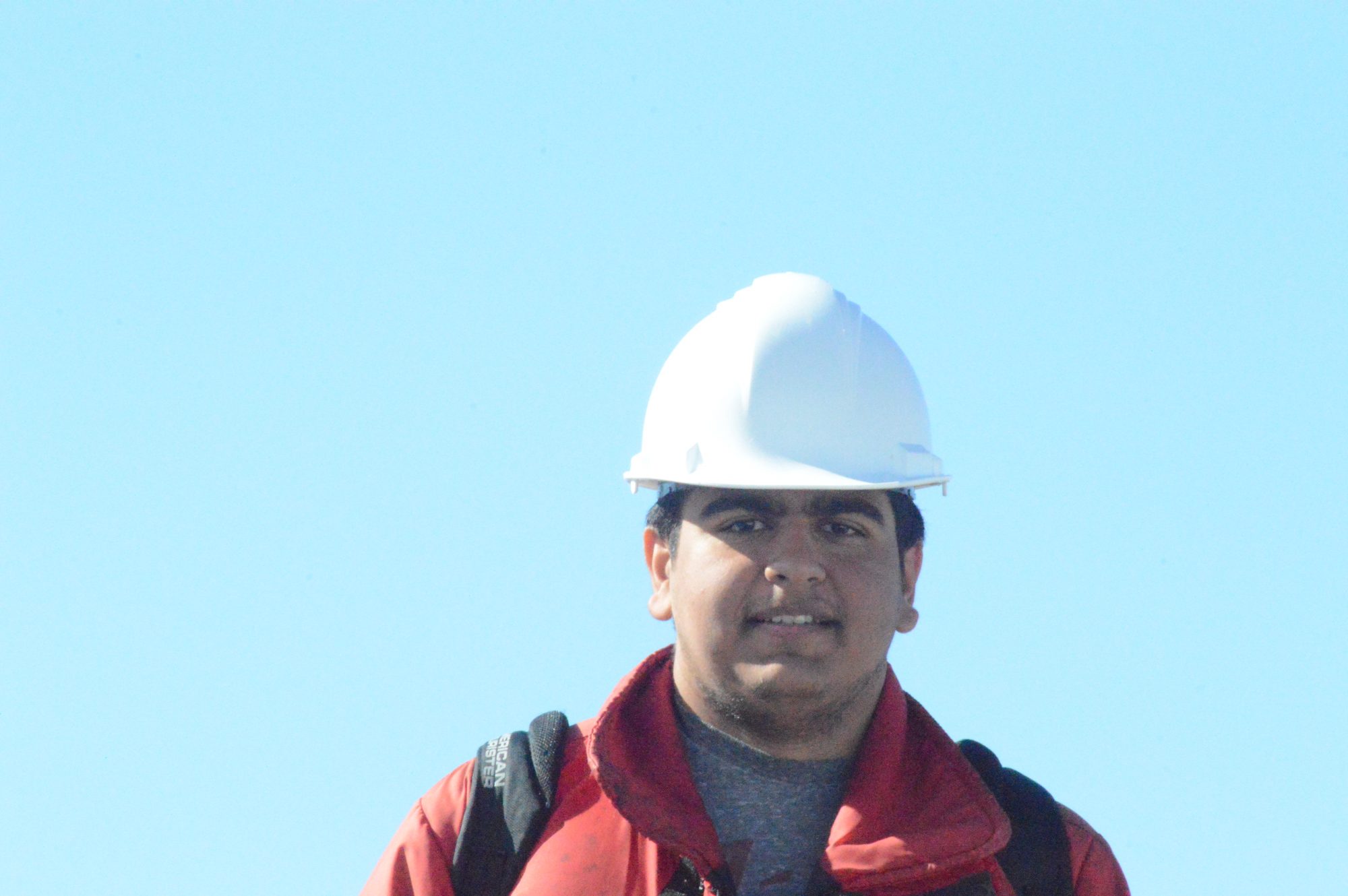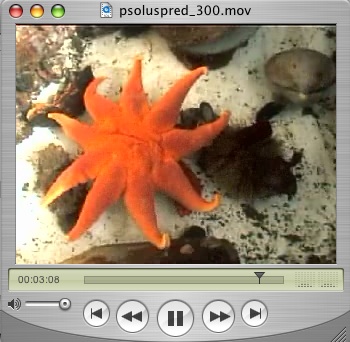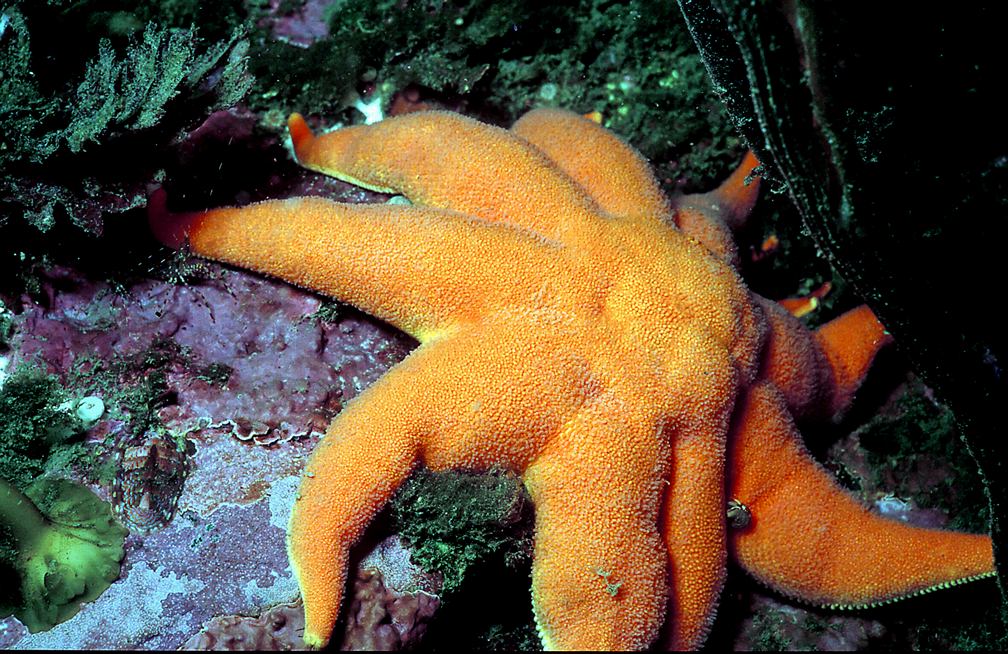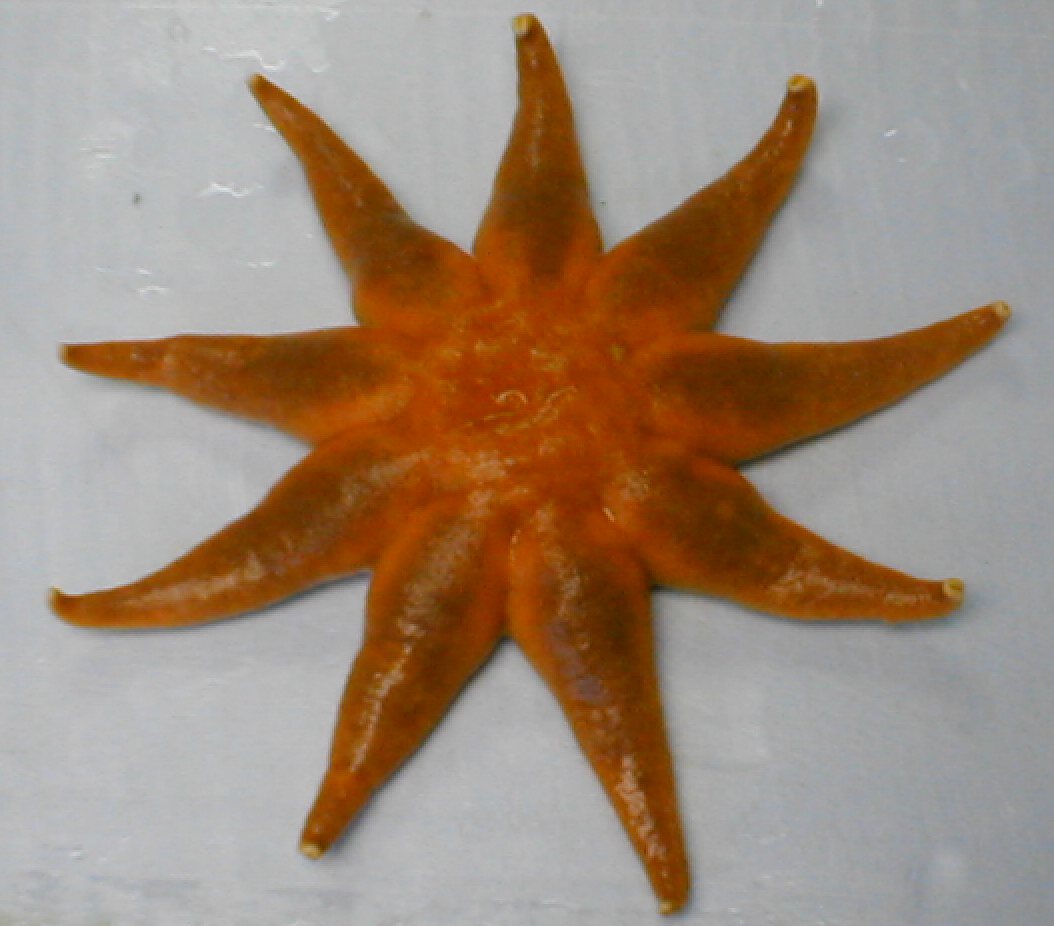This file is an index to the Student Field trips to Race Rocks after 2010. Most of the Events posted here are in links to the blog created by Laura Verhegge to document some of the field trips taken by her Marine Science classes
For other tagged occurrences of Pearson College students being involved at Race Rocks documented here use this link:
EVENTS 2018:
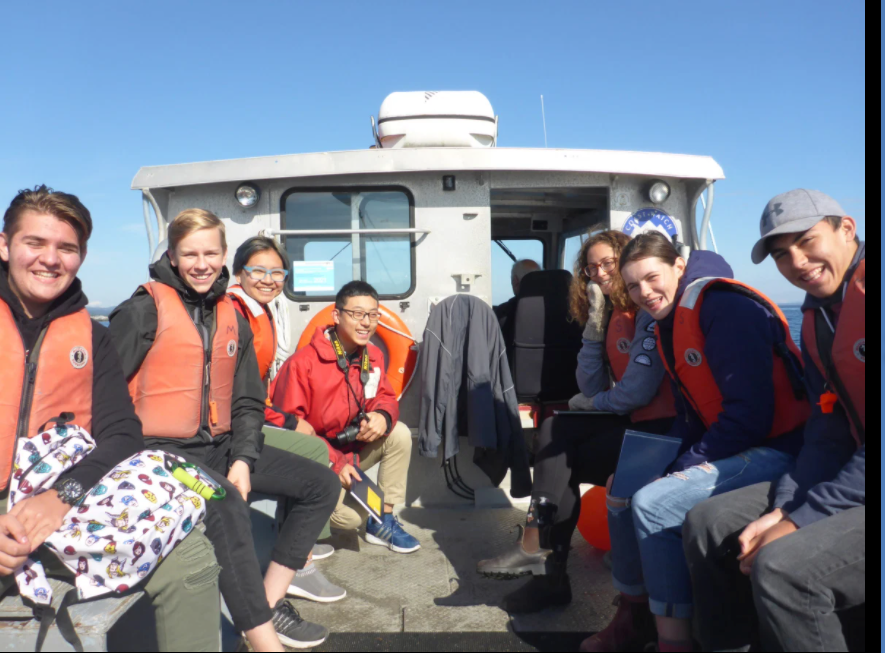 Four Trips to Race Rocks in Three Days-Laura Verhegge Oct 2018
Four Trips to Race Rocks in Three Days-Laura Verhegge Oct 2018
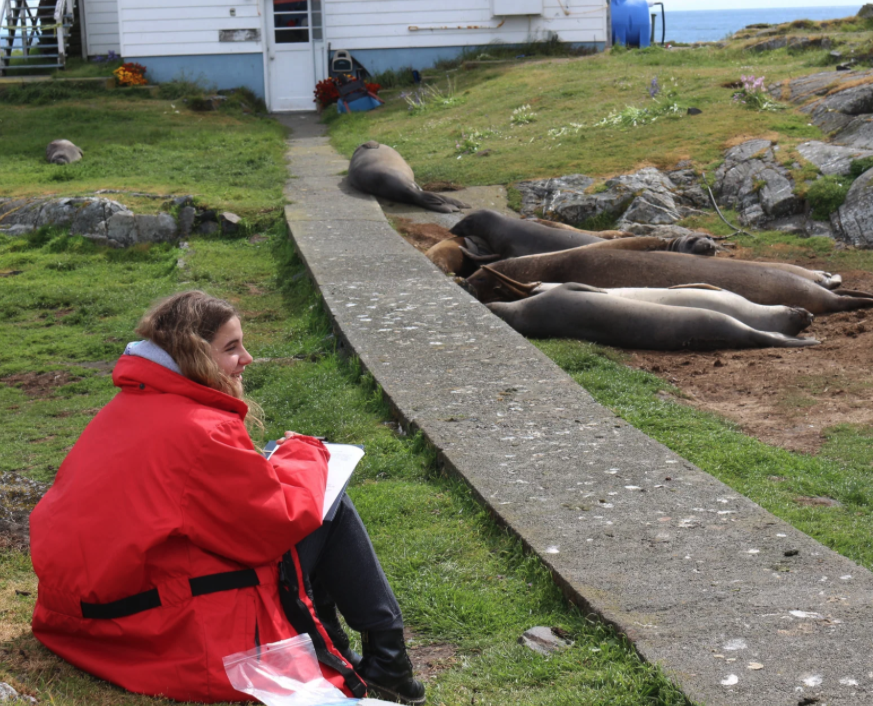 Northern Elephant Seals at Race Rocks.. The First Year Field Exam, 2017
Northern Elephant Seals at Race Rocks.. The First Year Field Exam, 2017
there were 11 northern elephant seals (Mirounga angustirostris) that provided both entertainment and answers to the students writing the exam.
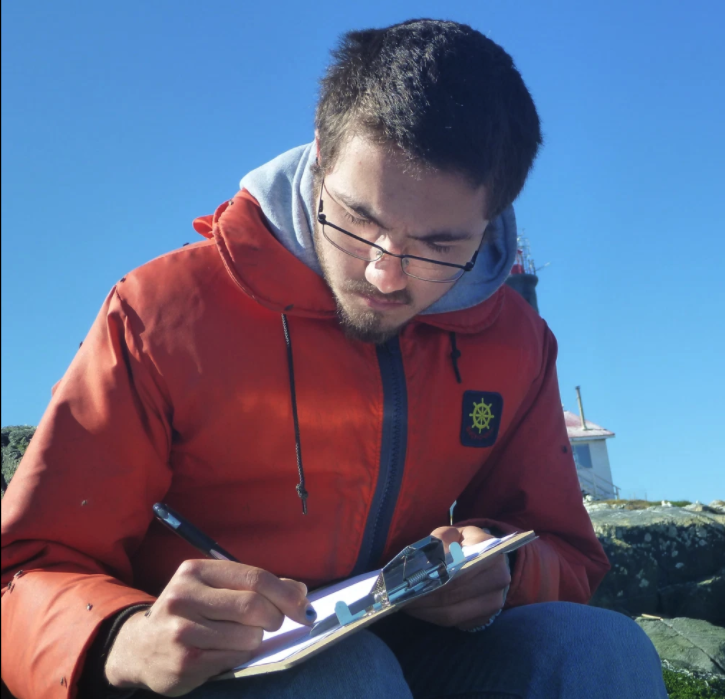 Field exam at Race Rocks 2016
Field exam at Race Rocks 2016
On Monday 9 May, 26 Marine Science students travelled to Race Rocks on Hyaku or the Discovery Shuttle (chartered from Ocean River Sports since ‘Second Nature’ is still in the shop) to write their first year field exam.
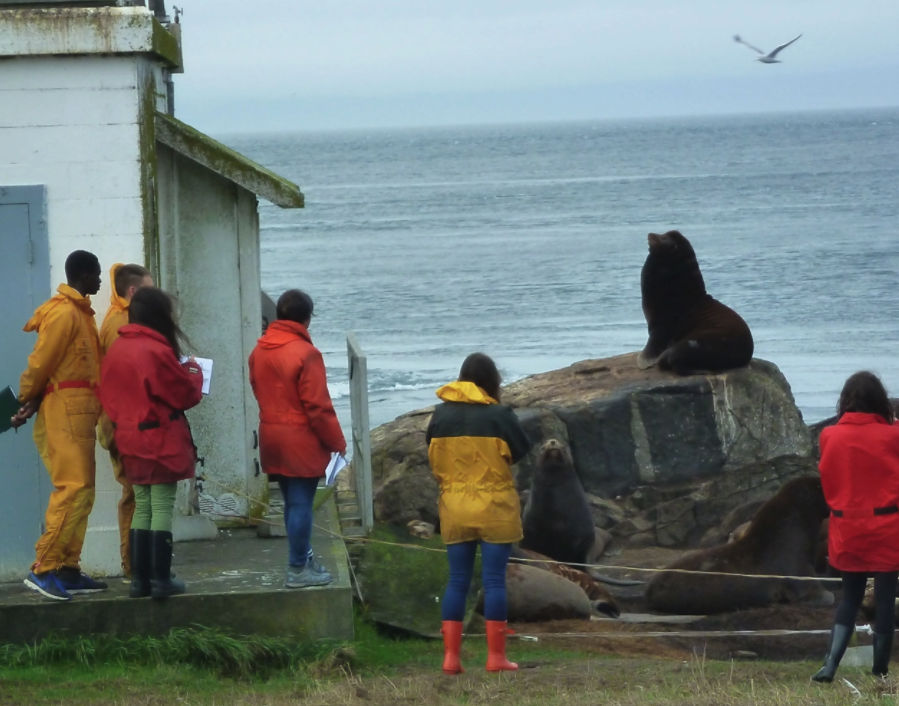 Sea lions, seals and orcas, oh my!
Sea lions, seals and orcas, oh my!
First year marine scientists had a wonderful experience at Race Rocks on Friday September, 2016
Also: Orcas! The trip that never made it to Race Rocks
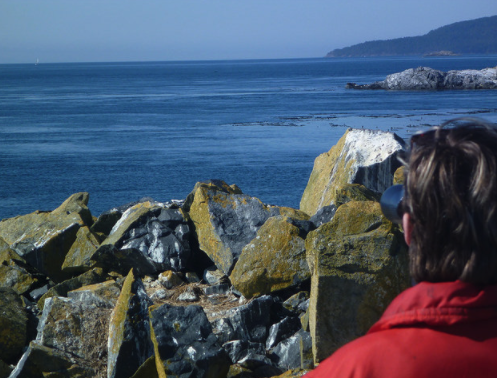 What a day for mammals!. September 30, 2015–
What a day for mammals!. September 30, 2015–
Later in the day, a first year class was welcomed ashore at Great Race Island by the usual suspects, California sea lions, Stellar sea lions and a Northern elephant seal
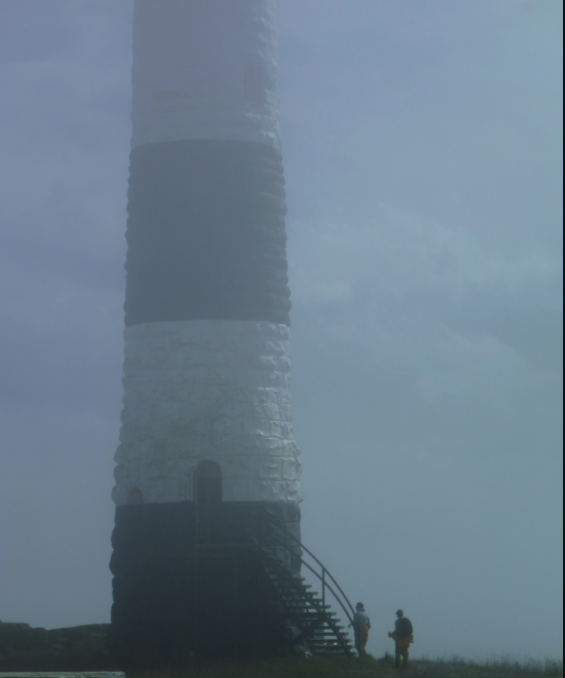 Race Rocks visits with Year 41 students
Race Rocks visits with Year 41 students
Three great afternoons at Race Rocks with the three blocks of first year Marine Science students – Tuesday, Wednesday and Friday. We observed and photographed many sea lions, both California (Zalophus californianus) and Stellar or Northern sea lions (Eumetopias jubatus).
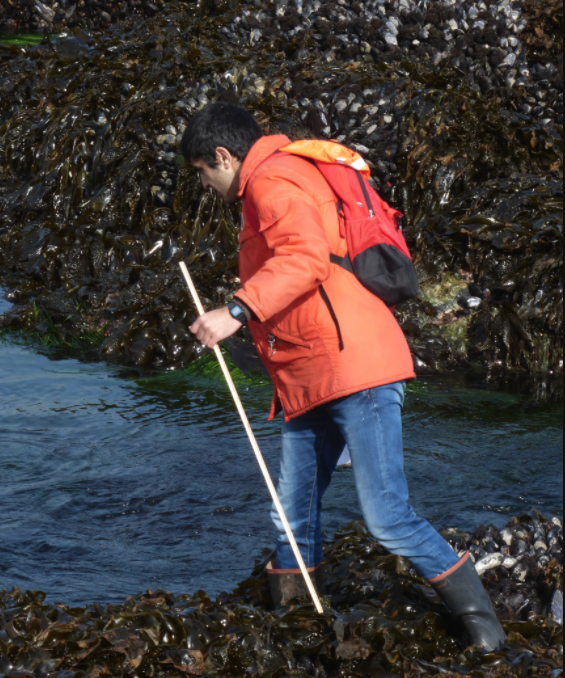 Field May 19 2014 – A block
Field May 19 2014 – A block
Better late than never, right? On 16 May 2014, the other class of first year marine scientists (A block) wrote their field exam at Race Rocks. Here are a few photos of their experience.
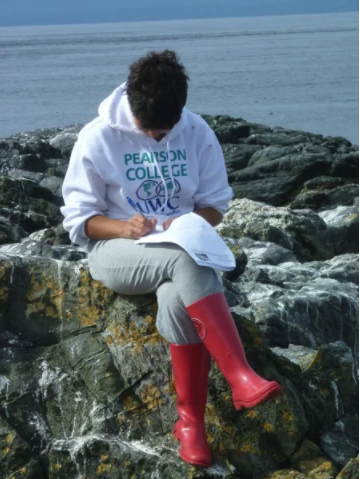 Field Exam 2014 – D block
Field Exam 2014 – D block
It was a stunningly beautiful Thursday morning when eight D block marine scientists travelled to Race Rocks to complete their field exam.
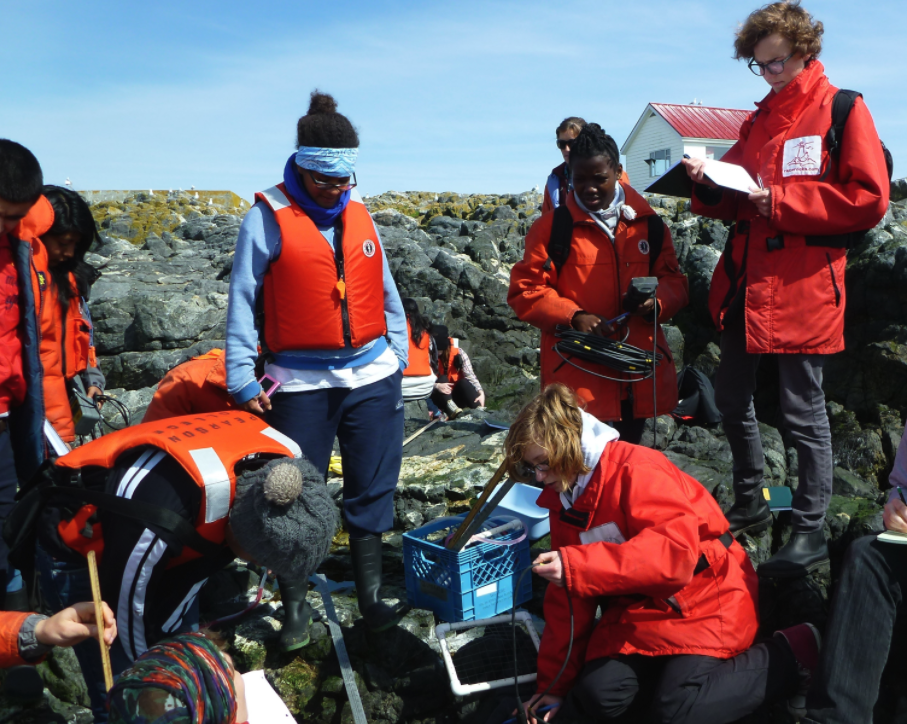 Tidal pools and abiotic factors at Race Rocks
Tidal pools and abiotic factors at Race Rocks
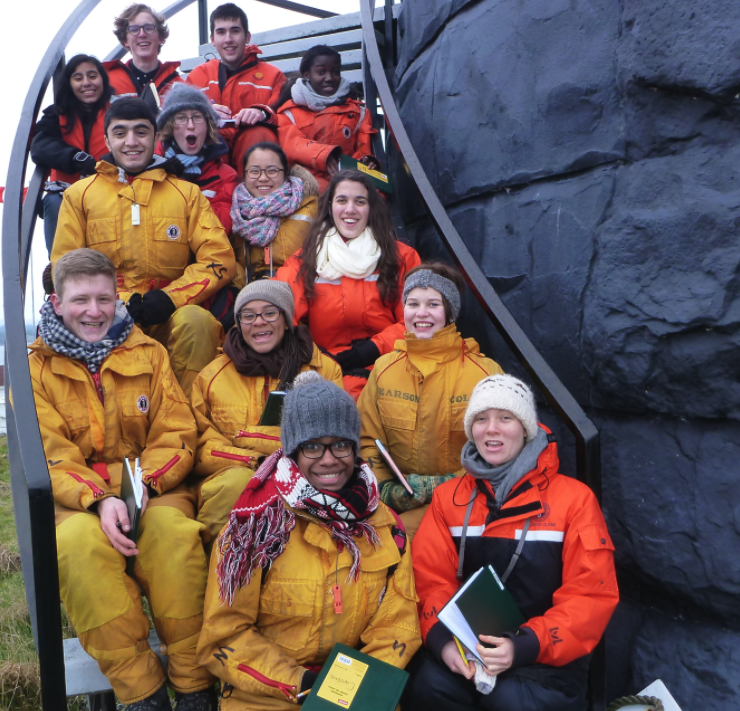 Baby is growing up fast.February 2014
Baby is growing up fast.February 2014
One class of Marine Science students had the chance to visit a newborn Northern Elephant Seal pup when it was just a few days old, during our first week back in class, in January.
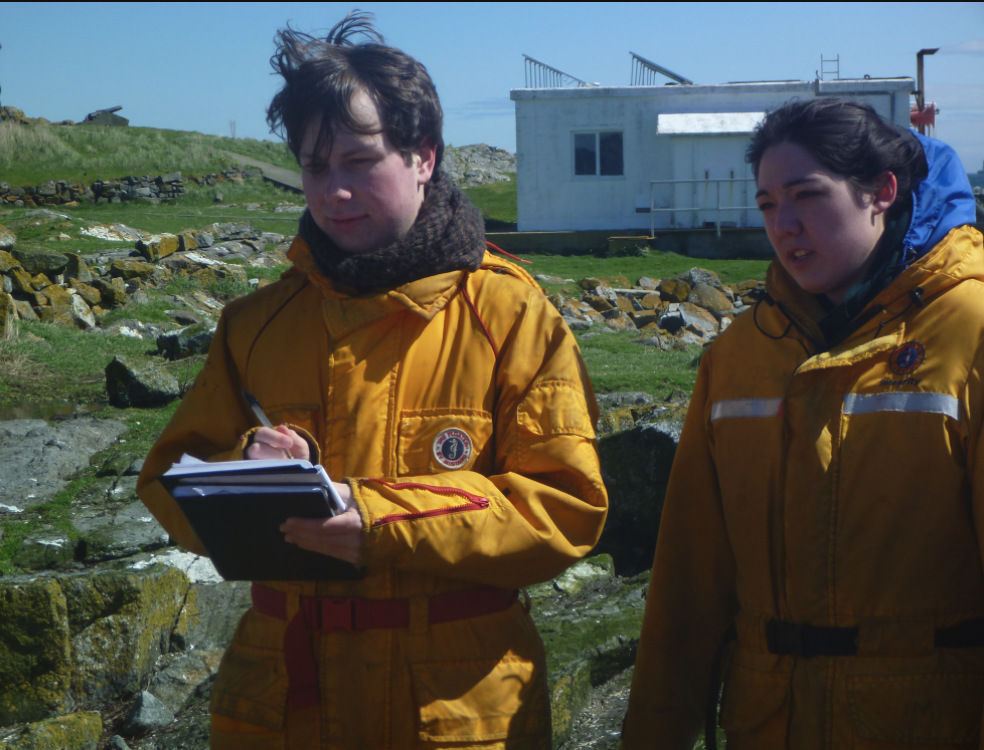 Pearson College Marine Science Blog by Laura Verhegge. Race Rocks exploration – 11 April 2013
Pearson College Marine Science Blog by Laura Verhegge. Race Rocks exploration – 11 April 2013
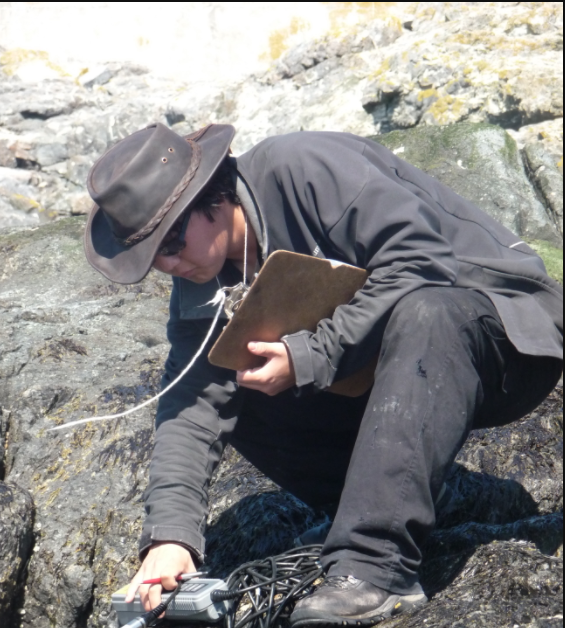 Field exam May 2012
Field exam May 2012
It was sunny and warm with a just gentle breeze yesterday when first year marine scientists went to Race Rocks to complete their last challenge of the year – the field exam!


